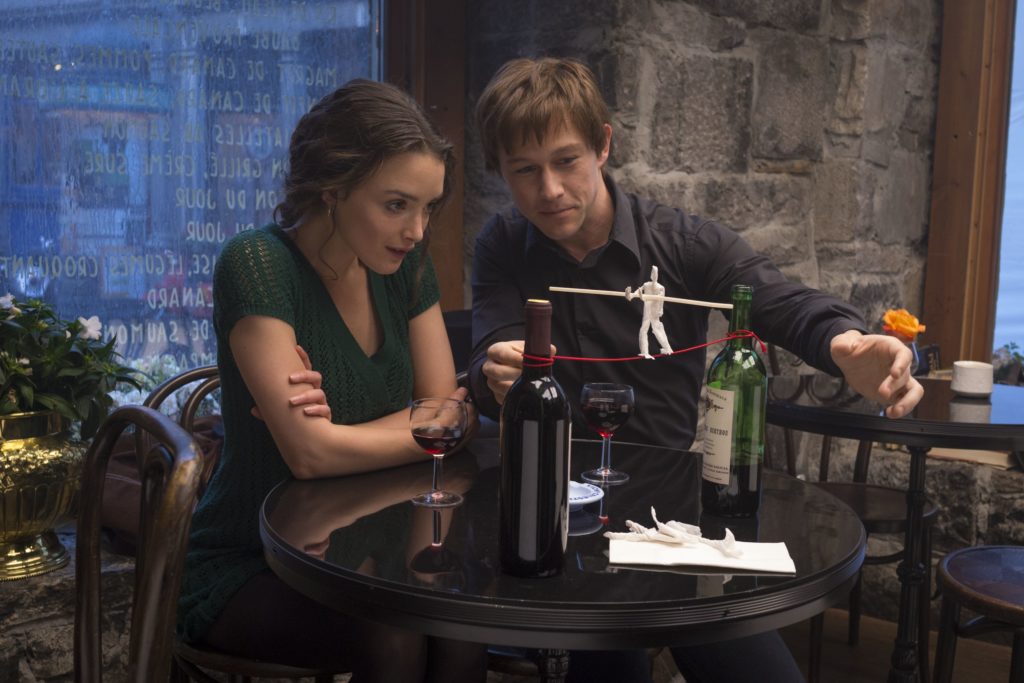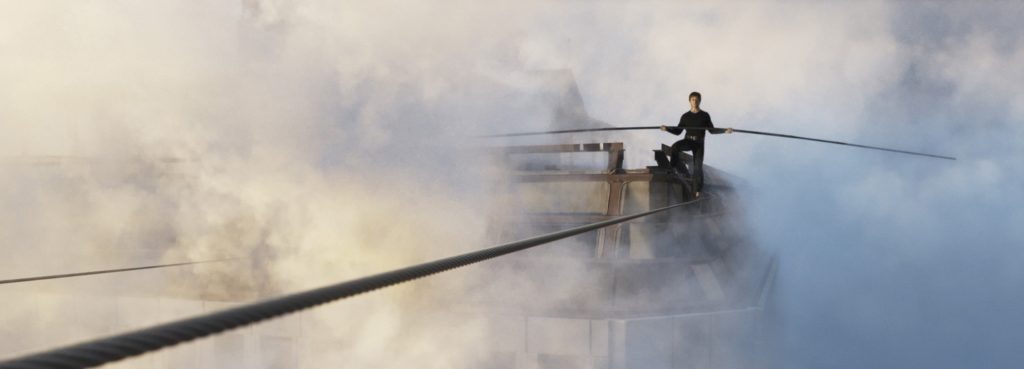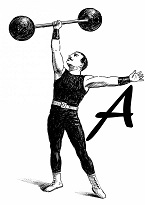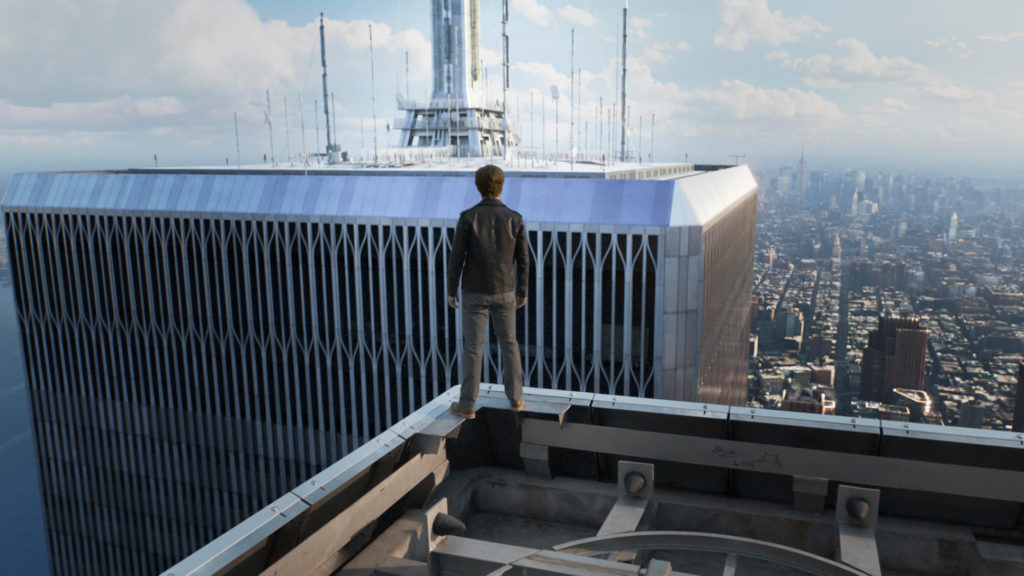“The Walk” serves as filmmaker Robert Zemeckis’ telling of the true story of French high-wire artist Philippe Petit’s life – climaxing the morning of August 7, 1974 – when the then-24 year old walked a tightrope between the Twin Towers of the World Trade Center. The film was dedicated to the victims of the attacks of September 11th.
Robert Zemeckis is a well-established filmmaker, with his “Back to the Future” trilogy being his most prized creation. Joining with seasoned cinematographer Dariusz Wolski, “The Walk” is shockingly excellent as movies go, with incredible visual appeal (originally a 3D release) a unique fusion of narration and direct display, and a deliberate mix of black and white, grey, and vibrant colors.
It opens in a truly meta fashion as Joseph Gordon-Levitt (playing Philippe Petit) narrates from the torch of the Statue of Liberty – the Twin Towers glistening across the Hudson River in the iconic New York City shot. Levitt forges a French accent that at first seems a bit off-putting, but you’ll quickly be on board as he takes us back to Paris, 1973 – and the start of the story.

Petit is a street performer who excels at juggling, and has a desire to be a tightrope walker. A true artist, Petit gets by with little money, simply doing what it takes to achieve his dream, working under the tutelage of his mentor and father figure Papa Rudy (Ben Kinglsey). A serendipitous event leads him to his ultimate obsession – walking a wire between the Twin Towers which are currently being constructed in New York.
“The Walk” tells the story of the challenges of mankind. There’s a parallel between the extreme stunts of Philippe Petit, who practiced for the towers by walking a wire over a small pond and then the Notre Dame Cathedral, to the simple human beings that constructed the magnificent buildings of New York City. Both Petit and Zemeckis have a true appreciation for both, and it’s well developed within the confines of the film.
Joseph Gordon-Levitt has had an interesting career. He rose to prominence in the 90s in both the television sitcom “3rd Rock from the Sun” and the iconic teen film “10 Things I Hate About You.” Levitt gets to test his skills with “The Walk” and turns out a remarkable performance. As Philippe Petit, we see the range of a simple young man, going from the streets of Paris to the highly dangerous and illegal walk in New York. Petit has a penchant for doing his talent, as death-defying and peculiar as it may be. “There is no “why.” He explains. “Just because. When I see a beautiful place to put my wire, I cannot resist.”

Petit assembles a ragtag crew to assist with his self-proclaimed “coup.” Fellow street performer Annie (Charlotte Le Bon), photographer Jean-Louis (Clément Sibony) who advises “All artists are anarchists,” and New Yorkers played by James Badge Dale of “24” and Steve Valentine. Comical elements are included with another friend, Jeff (César Domboy) who is afraid of heights, at one point seen cowering only one floor up.
“The Walk” spends its first two acts setting up the life of Petit and the preparation for the big event. The story is so surreal if you pitched it to a producer as fiction, it wouldn’t be believed. It was going along as a solid movie – until the third act – where the thrilling exploits of the caper begin. The final thirty minutes of so are so exciting that, despite already knowing the outcome, you’ll watch with compulsion thinking, there’s no way this is a true story – except that it is. The aftermath divulges just how appreciative Philippe Petit was to New York and specifically the towers of the World Trade Center. Their destruction had a lasting impact on him that we can see develop from the film.
“The Walk” came out of nowhere for me as an excellent movie. It’s a great compliment of a historical event as well as extremely exhilarating. It’s an understated story that reveals the true daring and determination of human beings.


